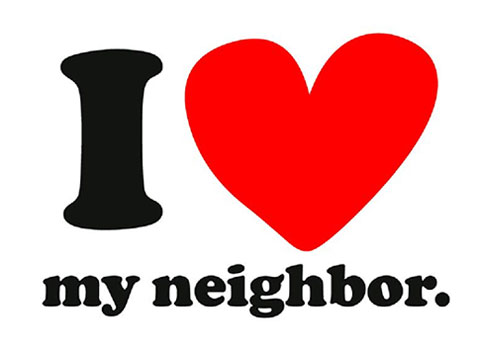According to professor Dixit, John Nash would be a rich man if he got a dollar for every time someone mentioned Nash’s equilibrium. Professor Dixit elucidates much on game theory and the impacts it has had on situations that human beings encounter on a daily basis. Game theory ventures much into studying decision-making with the outcome of each participant depends on the actions of everyone.
In game theory, when a player is choosing a move or a strategy, he or she must also consider the plans and choices that the others will make. This also happens with the rest because as you think about their choices, they are doing the same about yours hence the thinking cycle goes on.
This shows that indeed thinking about the motives of enemies and being aware of complex patterns do at times resist logical analysis. A lot of aspects of strategies and motivations can be studied and turned into science which is game theory.
Game theory took a head start in the 1920s with the work of John Von Neumann which is found in his book with Oscar Morgenstern. The two did a study on ‘zero-sum’ games looking at the interests of two players. With John Nash, he treated more general and realistic cases of a mixture of rivalry and common interests and any number of participants.
The theory entails a notion of equilibrium whereby complex chain thinking about thinking could unite. According to the method, the motives of all participants would be mutually consistent such that each would be selecting his or her most preferred response to the choices of others. This theory can only be useful if the equilibrium it posits is in existence. To prove the existence of the equilibrium, Nash used mathematical techniques in a general class of games.
Reference
https://www.pbs.org/wgbh/americanexperience/features/nash-game/
